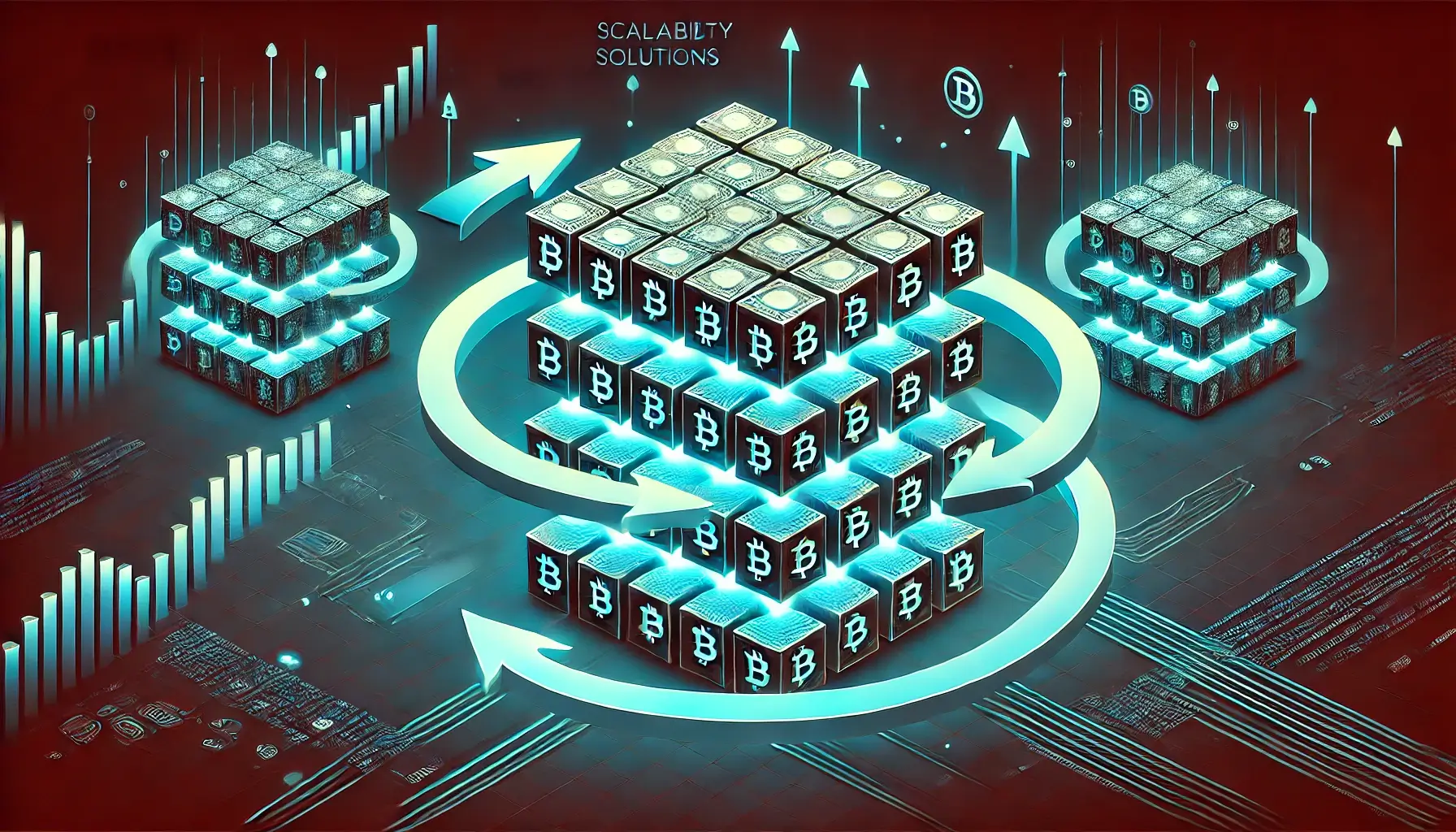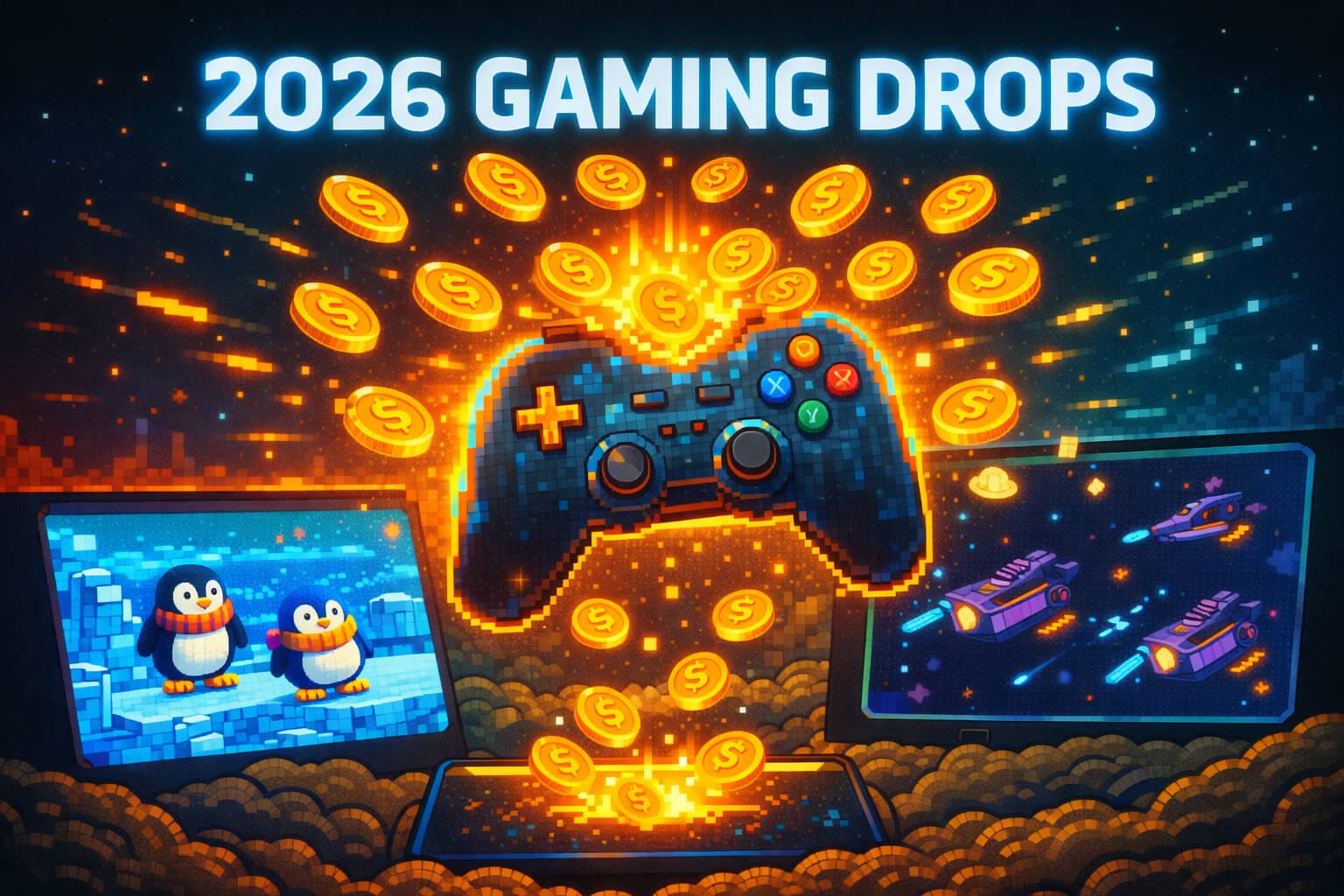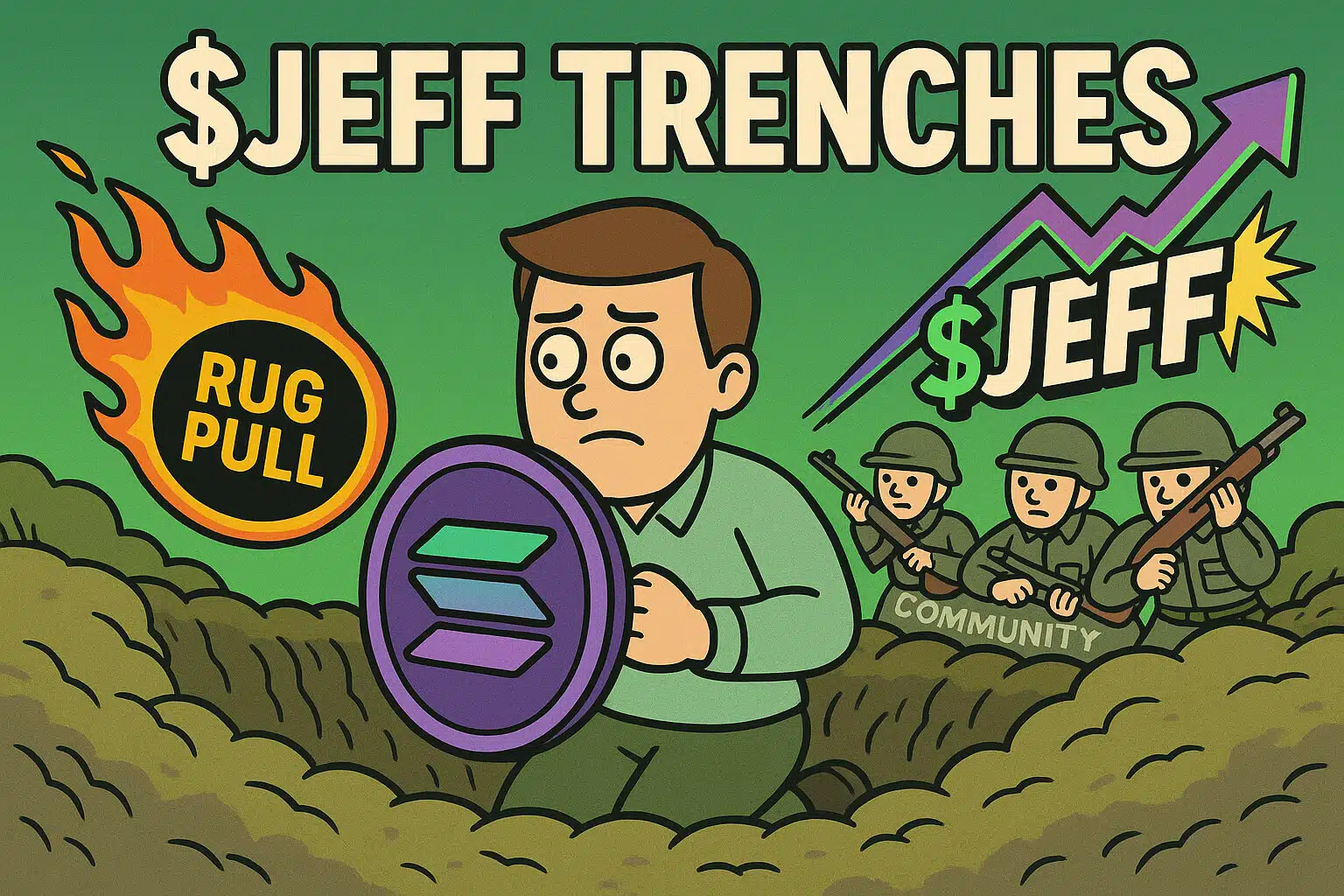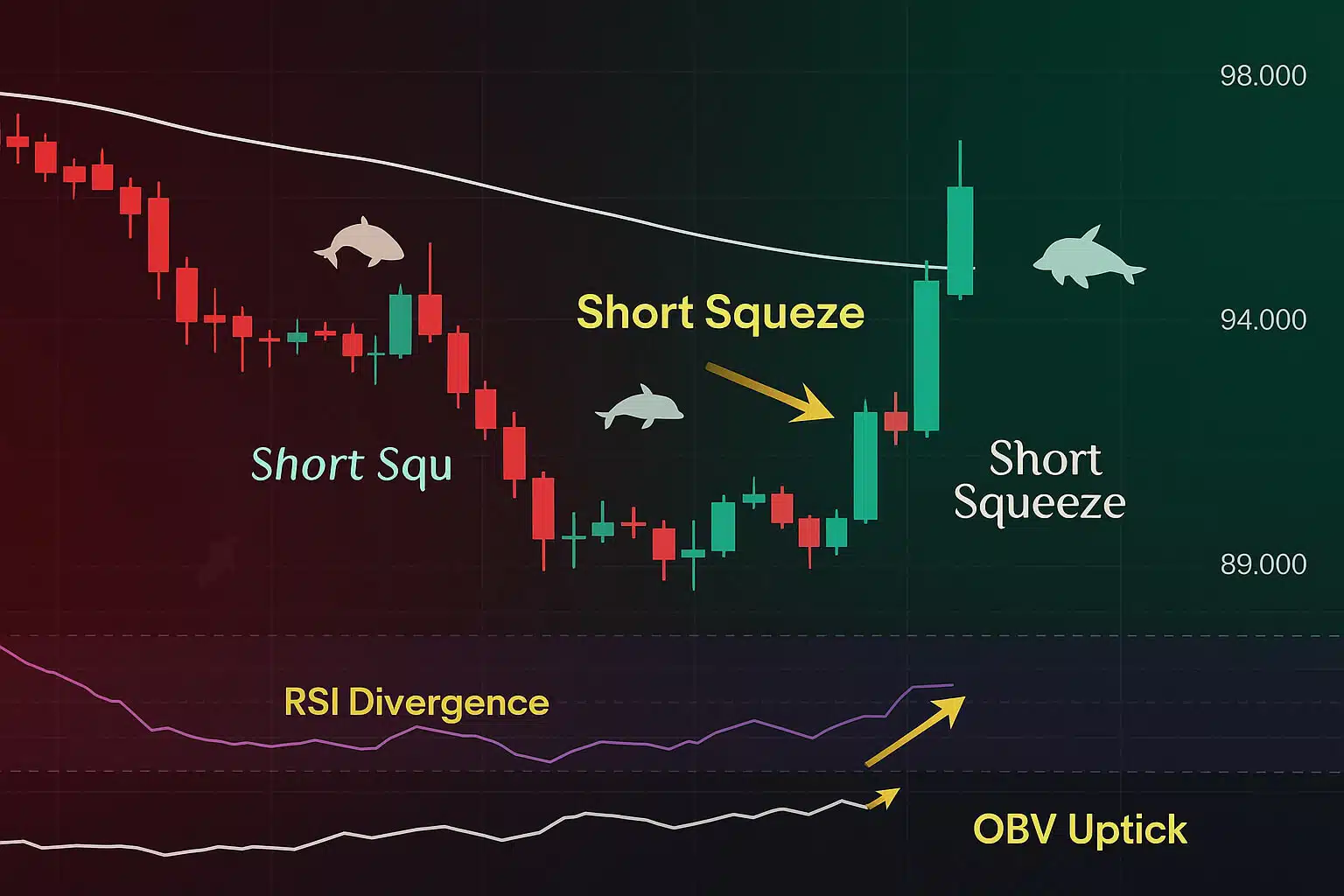1. The Rise of Decentralized Finance
Decentralized Finance (DeFi) has quickly become one of the most talked-about innovations in the blockchain and cryptocurrency space. By offering financial services such as lending, borrowing, trading, and investing on decentralized platforms, DeFi has the potential to disrupt traditional financial systems that rely on centralized intermediaries like banks and brokers. What began as a niche movement within the crypto community has grown into a multi-billion-dollar ecosystem, attracting investors, developers, and institutions worldwide. As we look to the future, the question arises: What lies ahead for DeFi, and how will it continue to evolve?
Why It Matters
DeFi is more than just a trend, it’s a fundamental shift in how we think about and interact with financial services. The future of DeFi holds the promise of greater financial inclusion, innovation, and transparency. However, it also faces challenges such as regulatory scrutiny and security risks. Understanding the potential and pitfalls of DeFi is essential for anyone interested in the future of finance.
2. The Current State of DeFi: A Snapshot
Before diving into future trends, it’s important to understand where DeFi stands today. The DeFi ecosystem has seen explosive growth over the past few years, with Total Value Locked (TVL)—a key metric that indicates the amount of assets committed to DeFi protocols—surging from a few hundred million dollars in 2019 to over $100 billion in 2021. Platforms like Uniswap, Aave, and Compound have become household names in the crypto world, offering users decentralized alternatives to traditional financial services.
2.1 Key Features of DeFi Today
- Decentralization: DeFi platforms operate without central authorities, relying on smart contracts and blockchain technology to execute transactions and manage assets.
- Permissionless Access: Anyone with an internet connection can access DeFi services, eliminating the barriers often present in traditional finance.
- Transparency: All transactions are recorded on the blockchain, making them transparent and easily auditable by anyone.
- Interoperability: DeFi platforms often integrate with one another, allowing users to move assets seamlessly across different services and chains.
Why It Matters:
The features that define DeFi today—decentralization, transparency, and accessibility—are likely to continue shaping its future. As more users and institutions enter the space, these features will be critical in driving adoption and innovation.
3. Emerging Trends in DeFi: What’s Next?
The future of DeFi is poised to bring even more innovation and disruption to the financial world. Several emerging trends are expected to shape the evolution of DeFi in the coming years, pushing the boundaries of what decentralized finance can achieve.
3.1 Cross-Chain Interoperability
One of the most significant trends in DeFi is the push towards cross-chain interoperability. Currently, most DeFi platforms operate within their respective blockchains (e.g., Ethereum, Binance Smart Chain). However, the future of DeFi lies in connecting these ecosystems, allowing assets and data to move freely across multiple blockchains.
- Example: Projects like Polkadot and Cosmos are leading the charge in creating cross-chain solutions that enable DeFi protocols to communicate and operate across different networks. This will unlock new opportunities for liquidity and innovation.
- Why It Matters: Cross-chain interoperability will break down the silos between different blockchain ecosystems, making DeFi more accessible and versatile for users. It will also help mitigate the risks associated with relying on a single blockchain.
3.2 Institutional Adoption of DeFi
As DeFi matures, it is attracting the attention of institutional investors and traditional financial institutions. These entities are beginning to recognize the potential of DeFi to offer more efficient, transparent, and profitable financial services. However, institutional adoption will likely bring new requirements, such as compliance with regulatory standards and enhanced security measures.
- Example: Major financial institutions like JP Morgan and Goldman Sachs have started exploring DeFi and blockchain-based financial products. Additionally, decentralized exchanges (DEXs) are developing tools to accommodate institutional trading needs, such as liquidity pools and compliance protocols.
- Why It Matters: Institutional adoption could significantly increase the scale and legitimacy of DeFi, bringing in more capital and resources. However, it will also require DeFi platforms to balance decentralization with regulatory compliance.
3.3 DeFi 2.0: Enhanced Security and User Experience
The next wave of DeFi, often referred to as “DeFi 2.0,” focuses on improving the security and user experience of decentralized finance platforms. While DeFi has achieved tremendous growth, it has also faced challenges related to security vulnerabilities and complex user interfaces that can be daunting for newcomers.
- Example: DeFi 2.0 projects are implementing features like insurance protocols to protect users from losses due to smart contract failures. Additionally, user-friendly interfaces and onboarding processes are being developed to make DeFi more accessible to a broader audience.
- Why It Matters: Enhancing security and usability is crucial for the long-term success of DeFi. By addressing these challenges, DeFi 2.0 aims to make decentralized finance more robust and appealing to mainstream users.
3.4 Integration with Traditional Finance (CeDeFi)
CeDeFi, or Centralized Decentralized Finance, is an emerging trend that seeks to combine the benefits of DeFi with the stability and oversight of traditional financial systems. CeDeFi platforms offer decentralized financial services while maintaining some level of centralization to meet regulatory requirements.
- Example: Binance’s CeDeFi platform integrates DeFi services with centralized governance, allowing users to access DeFi products through a trusted and regulated exchange. This model aims to bridge the gap between decentralized finance and traditional financial institutions.
- Why It Matters: CeDeFi could serve as a stepping stone for broader DeFi adoption by traditional finance users. It offers a middle ground where users can experience the benefits of DeFi while still operating within a regulated framework.

4. Potential Challenges and Risks in DeFi’s Future
While the future of DeFi is promising, it is not without its challenges and risks. As DeFi continues to evolve, it must address several key issues to achieve its full potential.
4.1 Regulatory Uncertainty
One of the most significant challenges facing DeFi is regulatory uncertainty. Governments and financial regulators around the world are still grappling with how to regulate decentralized finance. The lack of clear regulations can create a challenging environment for DeFi projects and users.
- Example: In the United States, the SEC has started scrutinizing DeFi projects to determine whether they comply with existing securities laws. This regulatory scrutiny could lead to increased compliance costs and barriers to entry for new DeFi projects.
- Why It Matters: Regulatory uncertainty can stifle innovation and deter institutional adoption. To thrive, the DeFi ecosystem will need to work closely with regulators to establish clear and fair guidelines that protect users while allowing innovation to flourish.
4.2 Security Vulnerabilities
DeFi’s rapid growth has exposed vulnerabilities in smart contracts and decentralized applications. Hacks and exploits have resulted in significant financial losses, undermining trust in DeFi platforms.
- Example: High-profile DeFi hacks, such as the $600 million Poly Network hack, have highlighted the need for more robust security measures and auditing processes. DeFi projects are increasingly turning to third-party audits and insurance protocols to protect users.
- Why It Matters: Ensuring the security of DeFi platforms is essential for maintaining user trust and attracting new participants. Without adequate security, the DeFi ecosystem risks being seen as too risky for mainstream adoption.
4.3 Scalability Issues
As DeFi platforms continue to grow, scalability has become a critical issue. Popular blockchains like Ethereum have faced congestion and high gas fees, making it difficult for users to interact with DeFi applications efficiently.
- Example: Layer 2 scaling solutions, such as Optimistic Rollups and zk-Rollups, are being developed to address Ethereum’s scalability challenges. These solutions aim to increase transaction throughput while reducing costs.
- Why It Matters: Scalability is crucial for the mass adoption of DeFi. Without scalable solutions, DeFi platforms may struggle to accommodate the growing number of users and transactions.
5. The Unlimited Potential of DeFi: What’s Next?
Despite the challenges, the future of decentralized finance is incredibly promising. As technology continues to advance, DeFi has the potential to redefine the global financial system in ways that were previously unimaginable.
5.1 Financial Inclusion on a Global Scale
One of the most exciting aspects of DeFi is its potential to promote financial inclusion. By removing the barriers of traditional banking, DeFi can provide access to financial services for the unbanked and underbanked populations around the world.
- Prediction: DeFi will play a crucial role in extending financial services to individuals in developing countries, where traditional banking infrastructure is limited. Mobile-first DeFi applications will enable users to save, borrow, and invest with just a smartphone.
5.2 Innovation in Financial Products and Services
DeFi is a hotbed of innovation, with new financial products and services being developed at a rapid pace. The future of DeFi will likely see the emergence of entirely new financial instruments that leverage the unique capabilities of blockchain technology.
- Prediction: We can expect to see the rise of more sophisticated DeFi products, such as decentralized derivatives, prediction markets, and algorithmic stablecoins. These products will offer users new ways to manage risk, speculate on market movements, and access liquidity.
5.3 Redefining Ownership and Governance
DeFi has the potential to redefine traditional concepts of ownership and governance. Through decentralized autonomous organizations (DAOs), users can collectively own and govern DeFi platforms, making decisions through a democratic voting process.
- Prediction: DAOs will become a standard feature of DeFi platforms, allowing users to have a direct say in the development and operation of the services they use. This shift towards decentralized governance will empower users and align incentives within the DeFi ecosystem.
Embracing the Future of Decentralized Finance
The future of decentralized finance is bright, with immense potential to transform the global financial landscape. As DeFi continues to evolve, it will bring about greater financial inclusion, innovation, and transparency. However, the journey will not be without challenges. The DeFi ecosystem must navigate regulatory hurdles, enhance security, and address scalability issues to achieve its full potential. For those willing to embrace the opportunities and challenges of DeFi, the future promises a more decentralized, inclusive, and innovative financial world.
For more insights and detailed guides on the future of decentralized finance, visit our Cryptocurrency Comparisons Guides.
Stay Updated
For the latest updates on decentralized finance and its future trends, follow us on:
Stay informed with the latest strategies and developments in the world of DeFi at FreeCoins24.io.
Special Offer
Ready to explore the future of decentralized finance? Sign up on Bybit today and take advantage of up to $30,000 in deposit bonuses. Discover how DeFi can enhance your financial freedom.
















